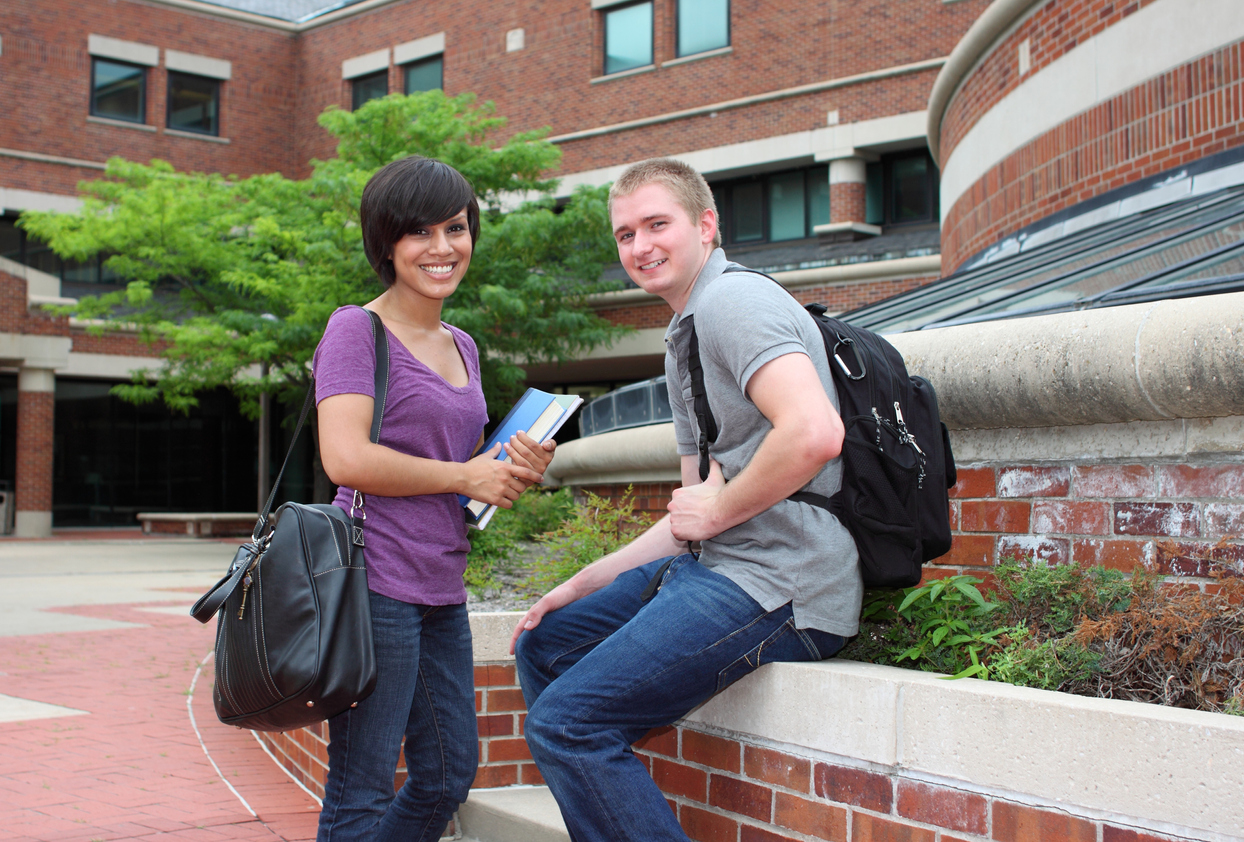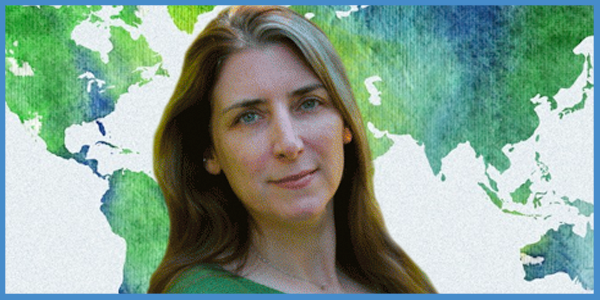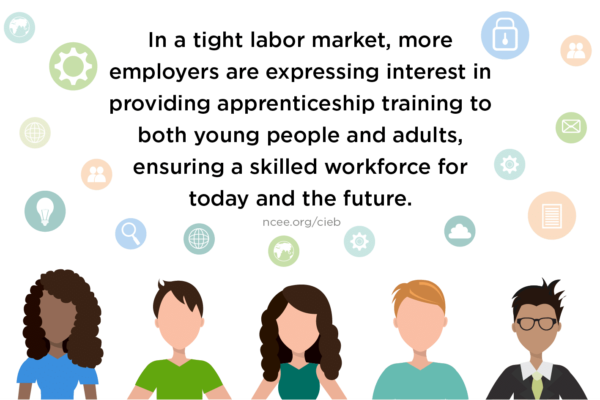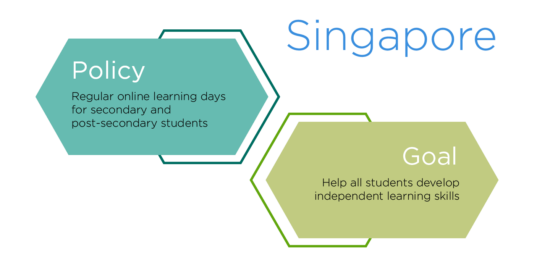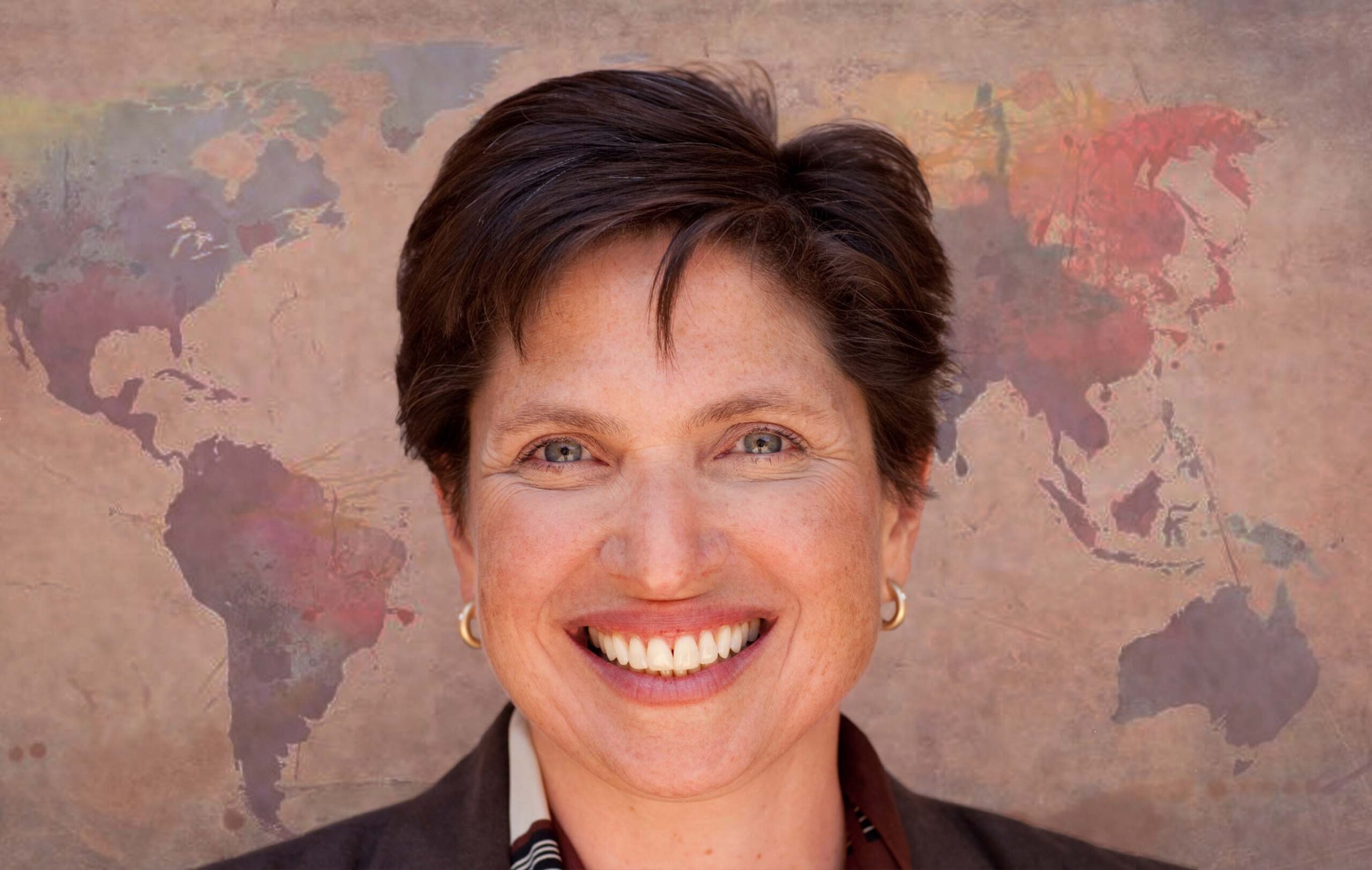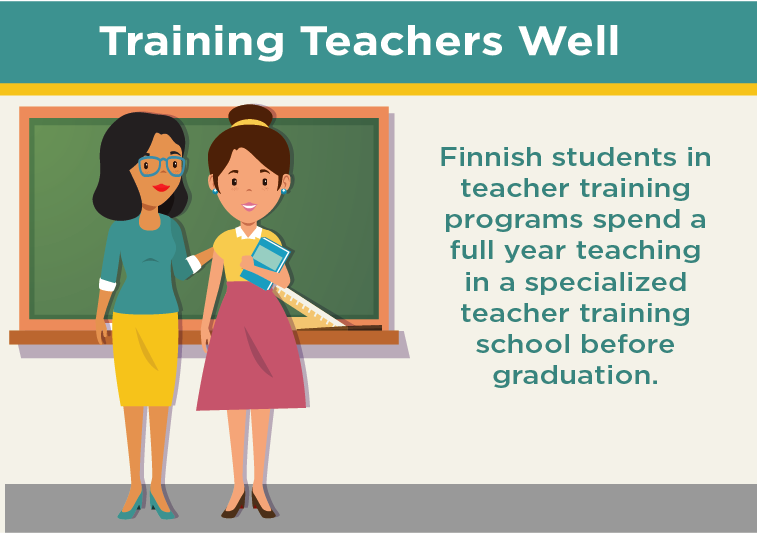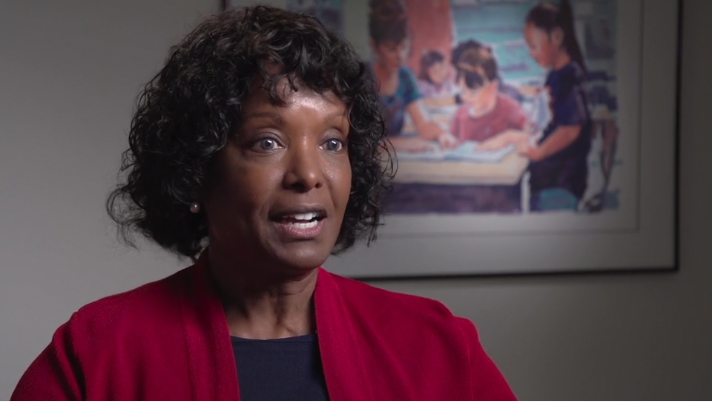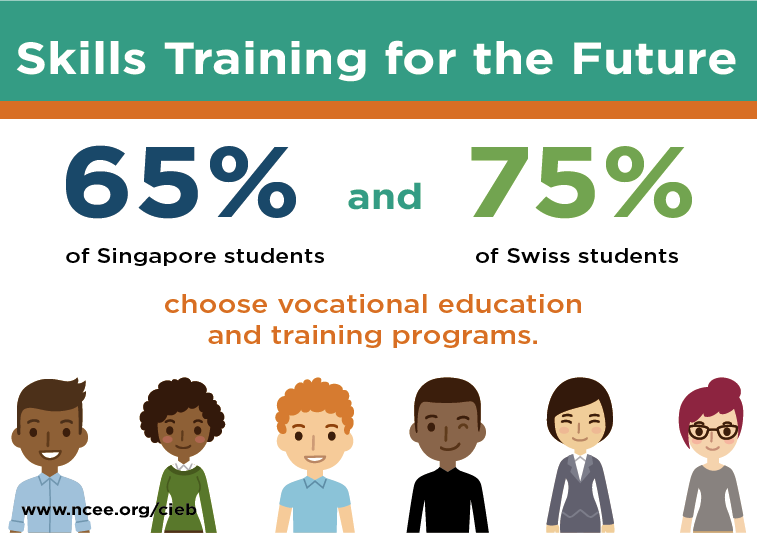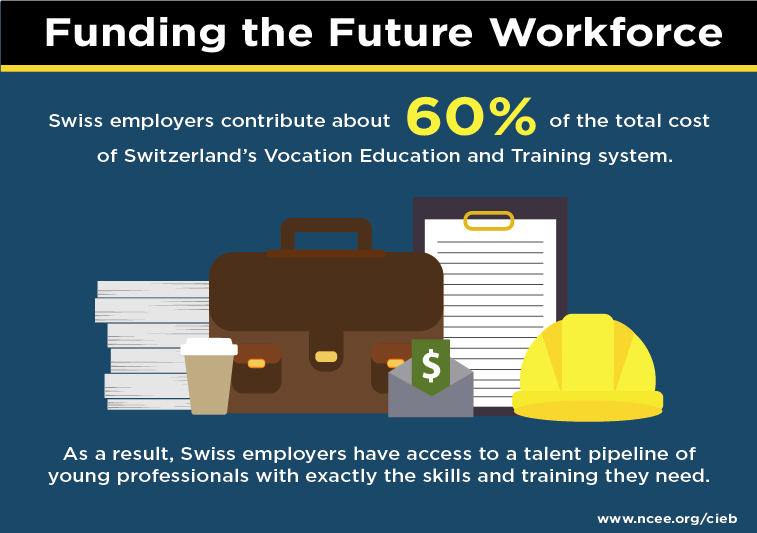Onward
Together

Onward

Together
Onward

Together
Featured blog posts
How are districts actually changing and adapting to prepare students for the future and their life beyond K-12? What does this look like in practice, and how does a district move toward a new system, one that is learner-centered and future-ready?
Fort Lewis College in Durango, Colorado is shifting the focus from students being college-ready to colleges being student-ready.
From teaching nutrition to building community at school, top-performing education systems understand that free and subsidized school meals have benefits beyond keeping all students fed and ready to learn.
Superintendent Cederick Ellis found that replacing rigid class structures in an elementary school with a more student-tailored approach boosted student outcomes. He is now taking that approach to the rest of the schools in Mississippi’s McComb School District.
Tracey Burns, an international education researcher, talks with NCEE’s Anthony Mackay about potential directions for education around the world.
With increased interest in and funding for apprenticeships in the U.S., Switzerland’s world-class apprenticeship model offers lessons for how to build a CTE system that is both appealing to students and valued by industry.
The pandemic has sparked widespread acknowledgment of the importance of in-person learning, the value of teacher-student relationships and the role of schools as a social hub for students, families, and communities. But that appreciation of in-person interactions does not mean that top-performing systems have just shifted back to the “old normal” as in-person ...
By Jennifer Craw On Monday, Maryland lawmakers gathered for a joint committee hearing on legislation that aims to transform the state’s public education system into one of the best-performing in the world. Known as the “Blueprint for Maryland’s Future,” the proposed legislation is the result of recommendations produced by the Commission on Innovation and ...
By Nathan Driskell NCEE staff saw some of the very best of Finnish vocational education in action when we visited the state-of-the-art Omnia Vocational School in Espoo, Finland this past month. Omnia serves pupils from ages 16-82: 7,000 students in upper secondary education and post-secondary education along with over 25,000 adults seeking some ...
In the tenth conversation of our Global Ed Talks series, Anthony Mackay sits down with Joanne Weiss, former chief of staff to U.S. Secretary of Education Arne Duncan and NCEE Board of Trustees member, to discuss how states are working to align their instructional systems.
Finnish students in teacher training programs spend a full year teaching in a specialized teacher training school before graduation.
By Anthony Mackay In this Global Ed Talks interview, Anthony Mackay sits down with Peggy Brookins, President and CEO of the National Board for Professional Teaching Standards (NBPTS) to discuss the current state of the profession, building and promoting an evidence-informed learning profession, and priority areas of action to advance the profession – ...
By Jennifer Craw Vocational education and training (VET) in Singapore and Switzerland is the most popular choice for students, with over two-thirds of students in both countries opting for a VET program rather than a traditional academic program when given the option. This is due in part to the fact that VET in ...
Singapore’s system of teacher development is second to none.
By Jennifer Craw In Switzerland, employers contribute about 60 percent of the total cost of the entire Vocational Education and Training (VET) system. Young people apprentice in companies and are paid because they contribute to the work of the company. This is not how VET works in the United States where most firms ...
By Jennifer Craw On Monday, Maryland lawmakers gathered for a joint committee hearing on legislation that aims to transform the state’s public education system into one of the best-performing in the world. Known as the “Blueprint for Maryland’s Future,” the proposed legislation is the result of recommendations produced by the Commission on Innovation and ...
By Nathan Driskell NCEE staff saw some of the very best of Finnish vocational education in action when we visited the state-of-the-art Omnia Vocational School in Espoo, Finland this past month. Omnia serves pupils from ages 16-82: 7,000 students in upper secondary education and post-secondary education along with over 25,000 adults seeking some ...
In the tenth conversation of our Global Ed Talks series, Anthony Mackay sits down with Joanne Weiss, former chief of staff to U.S. Secretary of Education Arne Duncan and NCEE Board of Trustees member, to discuss how states are working to align their instructional systems.
Finnish students in teacher training programs spend a full year teaching in a specialized teacher training school before graduation.
By Anthony Mackay In this Global Ed Talks interview, Anthony Mackay sits down with Peggy Brookins, President and CEO of the National Board for Professional Teaching Standards (NBPTS) to discuss the current state of the profession, building and promoting an evidence-informed learning profession, and priority areas of action to advance the profession – ...
By Jennifer Craw Vocational education and training (VET) in Singapore and Switzerland is the most popular choice for students, with over two-thirds of students in both countries opting for a VET program rather than a traditional academic program when given the option. This is due in part to the fact that VET in ...
Singapore’s system of teacher development is second to none.
By Jennifer Craw In Switzerland, employers contribute about 60 percent of the total cost of the entire Vocational Education and Training (VET) system. Young people apprentice in companies and are paid because they contribute to the work of the company. This is not how VET works in the United States where most firms ...


